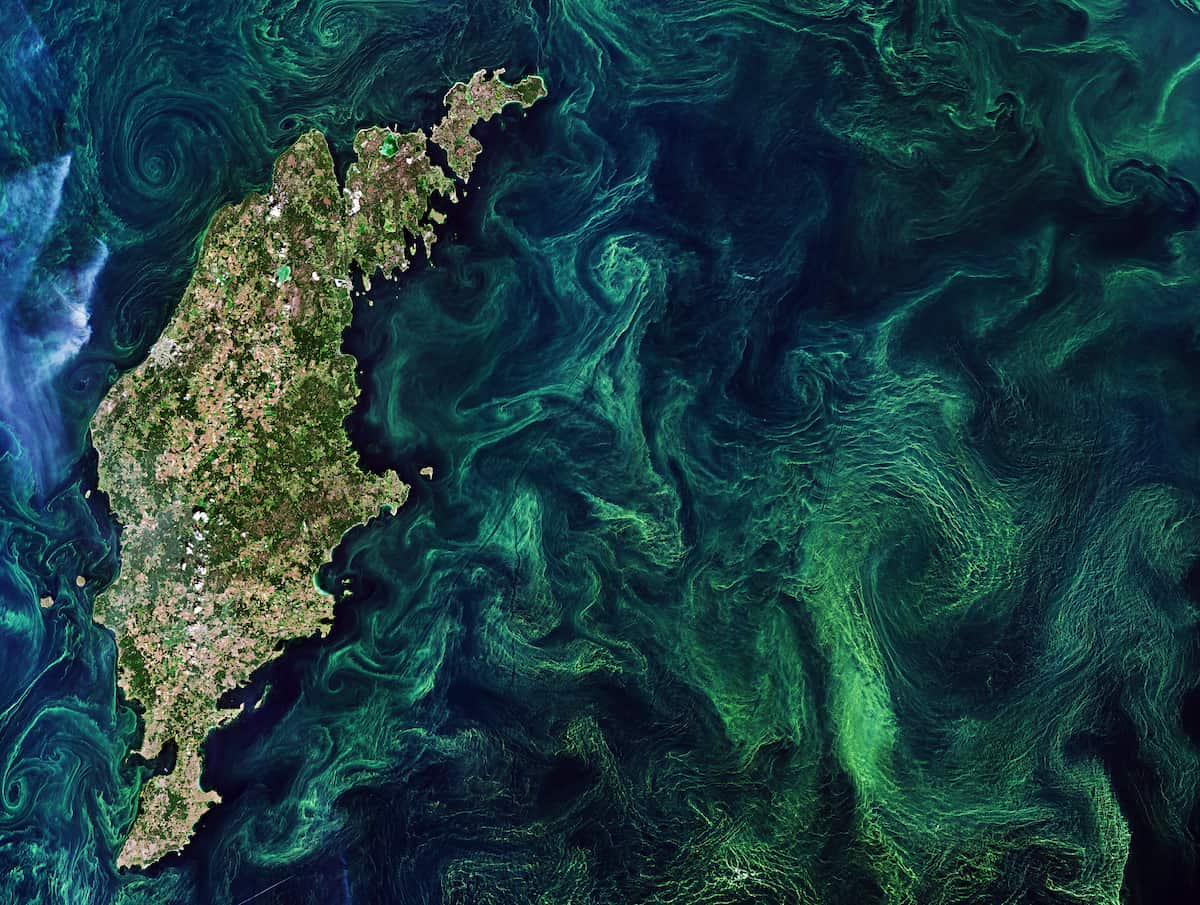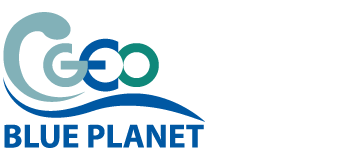
Nutrients like nitrogen and phosphorus are essential for life, supporting the growth of plants and algae that form the base of aquatic ecosystems. But when nutrients flood into rivers, lakes, and coastal waters from agricultural runoff, livestock waste, and wastewater discharge, plants and algae can grow out of control, leading to eutrophication. The consequences of eutrophication can be severe: harmful algal blooms that release toxins, oxygen-starved ‘dead zones’ that suffocate fish, and the collapse of vital habitats like seagrass meadows and coral reefs. Beyond the ecological damage, nutrient pollution caused by eutrophication threatens human health, fisheries, and coastal economies. Tackling this issue is a key priority for the United Nations Sustainable Development Goal (SDG) 14.1 – “by 2025, prevent and significantly reduce marine pollution of all kinds, particularly from land-based activities, including marine debris and nutrient pollution.” GEO Blue Planet and the UN Environment Programme (UNEP) are working together to develop tools that support decision-making to combat nutrient pollution.
Global, comparable indicators of eutrophication
To address nutrient pollution, we need to answer many questions, like where eutrophication is happening, how often it occurs, how bad it is, and whether it is caused by human activity. Fortunately, Earth observations from satellites, remote sensing, and instruments in water bodies can provide critical data to help answer these questions. By supporting UNEP, the GEO Blue Planet Eutrophication Working Group is working on putting this data into the hands of stakeholders, vulnerable communities, and policymakers so they can develop effective nutrient pollution monitoring and management plans.
Developing an index of coastal eutrophication is a key indicator for measuring progress on SDG 14.1 and is one of the challenges the Working Group has been focusing on. The UN Environment Programme, which is the custodian of the coastal eutrophication index indicator, asked GEO Blue Planet to collaborate on developing sub-indicators based on chlorophyll-a data gathered from satellites. Chlorophyll-a is a green pigment in algae essential for photosynthesis. High levels of Chlorophyll-a are a sign of algal blooms, a symptom of eutrophication providing information on nutrient pollution. This data is published yearly in the UN SDG extended report and is publicly available on the GEO Blue Planet Eutrophication Information Hub. Distributing this data is crucial for tracking progress on the SDGs target of reducing marine nutrient pollution, as well as giving stakeholders, vulnerable communities, and policymakers the data they need to develop monitoring and management plans.
Supporting national action plans for nutrient management
To support nutrient management, the United Nations Commission on Sustainable Development established the Global Partnership on Nutrient Management (GPNM), a multi-stakeholder initiative uniting governments, researchers, industry, and international organizations. Part of the GPNM’s work involves supporting countries in developing nitrogen management national action plans – policy documents describing the actions that the country could take to meet national, regional, or international commitments and obligations. They also provide technical support to the UNEP Working Group on Nitrogen*, which was created to facilitate the implementation of the UN Environment Agency’s Resolution on Sustainable Nitrogen Management.
With support from the GEO Work Programme, GEO Blue Planet and UNEP are in the process of establishing a Nutrient Monitoring Task Team to provide coordination and guidance to lead the scientific community across the GEO Work Programme in providing the nutrient life cycle data needed to support such NAPs. This observing system will support countries in the development and execution of their national action plans to combat nutrient pollution. The GEO Blue Planet Eutrophication working group will lead the marine component of the task team and support the use of Earth observation to answer the data and information needs of the GPNM.
In January 2025, the UNEP – GEO Blue Planet Nutrient Management Workshop brought representatives from several organisations and policymakers together to finalise the Nutrient Monitoring Task Team’s mission statement, strategy, and next steps. Workshop attendees also discussed how to advance nutrient management under the Post-2025 GEO Work Programme, which focuses on co-producing Earth intelligence to tackle complex global challenges.
Several people gave presentations, such as Jeanne De Jaegher (European Commission Team Leader, Nitrates) showcasing moving data to policy, William “Bill” J. Bealey (UK Centre for Ecology & Hydrology, and GPNM Representative) discussing existing nutrient monitoring data, and Gabrielle de Souza (Ministry of Agriculture, Land and Fisheries, Trinidad and Tobago) sharing their perspectives as a pilot country for developing national action plans. Panel discussions looked at data, coordination, and other needs gaps, while group discussions focused on key elements of a strategic framework for nutrient management.
Among other things, discussions emphasised the importance of integrating data from multiple different sources, particularly ground truthing of remote sensing including satellites and ensuring the task team has diverse representation from across sectors. Developing a pilot project for developing national action plans based solely on satellite data also featured heavily in the discussions. To support the development of a solution to ensure that all countries are informed by scientific knowledge, the pilot study will estimate the quality of the solution based on satellite observation solely, as many countries do not have access to substantial in-situ and remotely sensed data. Another will have growing in-situ data collection capabilities and remote sensing use. The final country will have little to no in situ data.
Over the coming months, the Nutrient Monitoring Task Team will continue to develop their strategy, establish a communication plan, and secure funding to support the pilot project. Led in the interim by GEO Blue Planet, the Task Team will also be present at the upcoming GEO Forum in Rome, Italy, where they will issue a call for action.
*Nitrogen is one element of the nutrient family
Image credit: contains modified Copernicus Sentinel data (2019), processed by ESA, CC BY-SA 3.0 IGO
Additional information
- Learn more about the GEO Blue Planet Eutrophication Working Group https://geoblueplanet.org/eutrophication/
- Visit the GEO Blue Planet Eutrophication Information Hub https://chlorophyll-esrioceans.hub.arcgis.com/
- Learn more about the Global Partnership on Nutrient Management https://www.unep.org/explore-topics/oceans-seas/global-partnership-nutrient-management
- Learn more about the Post-2025 GEO Work Programme https://earthobservations.org/resources/post-2025-gwp-call
